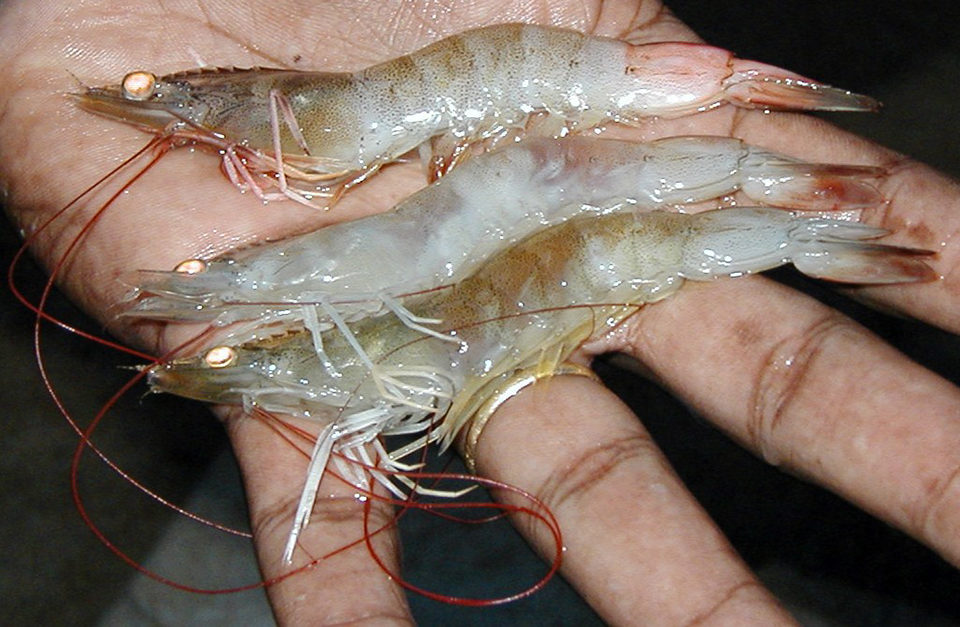Mechanisms to prevent the avoidable must be in place

During the course of my 30-year-plus career, I have worn many hats. As one of the first scientists involved in the development of fish vaccines, I have always been a staunch advocate of proactive disease management strategies, even from before the first time I saw thousands of fish floating dead from a vertically transmitted bacterial kidney disease.
Typically, however, companies do not want to incur the costs associated with setting up and maintaining the infrastructure required to ensure adequate proactive disease management, despite the fact that the failure to do so can result in huge financial losses that far outweigh the costs.
ISA affects Chile
In 2009, the salmon-farming industry in Chile has been decimated by a viral disease, infectious salmon anemia or ISA. This disease was first reported in the mid-1980s in Norway and since has been observed in most salmon-farming areas. The first reports of the disease in Chile date from 1999.
ISA has been the subject of considerable research, and the virus is well characterized. Methodologies have been developed to determine the presence of the virus, and a good deal of information is available about the routes of transmission. Proactive disease management strategies have been quite successful in minimizing the impacts of the disease in most areas of the world where salmon are farmed.
Unfortunately, as with most viral diseases, no cost-effective tools are available to treat the disease, so short of killing affected fish, there are no effective reactive strategies. Proactive strategies include the use of best management practices, surveillance, year class separation, biosecurity, proper disposal of dead and dying fish and the disinfection of effluents from processing facilities.
Significant factors associated with ISA include the presence of sea lice, high density of rearing pens (Norway requires that farms be no closer than 2.5 km apart) and inadequate attention to point sources of infections, such as personnel and boats moving animals. Yet it is apparent that while the virus is endemic in salmon-farming areas, appropriate strategies to minimize its impacts do work.
IMN in Indonesia
A similar situation may be occurring in Indonesia with infectious myonecrosis (IMN) due to the IMN virus that affects shrimp. This disease was first reported in Brazil in Penaeus vannamei in 2004. In 2006, it was discovered in Indonesia and has been reported recently in Thailand and southern China.
Unlike the ISA virus in salmonids, this virus appears to be vertically transmitted, making the movement of broodstock and infected postlarvae a likely source of disease. There are no reported observations regarding its spread by vectors, although it is probably spread by birds and certainly transmissible horizontally. Quite possibly, broodstock imported from Brazil without adequate screening and quarantine led to its introduction in Indonesia and elsewhere.
The current spread of the virus suggests that ineffective control of animal movement and inadequate biosecurity measures could lead to widespread outbreaks. Tools that could limit its spread include polymerase chain reaction screening of broodstock, limiting the movement of broodstock and postlarval shrimp without appropriate screening and treatment of effluents from processing plants to ensure that viable virus is not dumped into areas where it could eventually impact shrimp farms.
IMN can cause 40 to 70 percent mortality in affected ponds, and given that 70 percent or more of the world’s farmed shrimp production comes from China, Indonesia and Thailand, the risk is significant. While no one can say for certain that proactive management will prevent this disease from spreading, it is sure that failing to take proactive steps will make the problems worse.
Perspectives
Insurance companies, investors and shareholders should insist that proactive disease management is a must-have element of aquaculture. For aquaculture is an industry where, in the words of Benjamin Franklin, “an ounce of prevention is worth a pound of cure” rings all too true.
All aquaculture operations should audit their operations from a risk management standpoint and ensure that mechanisms are in place to prevent the avoidable. With ISA in Chile, following the guidelines established and developed by Norway and others in response to the presence of the virus could have substantially lessened the impact. With IMNV in Southeast Asia, following common-sense guidelines and restricting the movement of affected animals and broodstock can go a long way toward preventing this problem from becoming as severe as it could.
(Editor’s Note: This article was originally published in the November/December 2009 print edition of the Global Aquaculture Advocate.)
Author
-
Stephen G. Newman, Ph.D.
President and CEO
AquaInTech Inc.
6722 162nd Place Southwest
Lynnwood, Washington 98037 USA[109,111,99,46,104,99,101,116,45,110,105,45,97,117,113,97,64,109,119,101,110,103,115]
Tagged With
Related Posts

Intelligence
At Aquaculture Roundtable Series, talk of change for Thai shrimp
The theme of the Aquaculture Roundtable Series in Chiang Mai was “Need For Change.” That means innovations in all production phases of Thai shrimp.

Health & Welfare
Big shoes to fill: Dhar takes reins at shrimp pathology laboratory
Arun Dhar, Ph.D. will attempt to fill the “big shoes” of Dr. Donald Lightner at the University of Arizona’s Aquaculture Pathology Laboratory, where the shrimp disease EMS was diagnosed.

Health & Welfare
Blue-green algae pose toxic risks in shrimp, fish culture
The toxins from blue-green algae pose a threat to animal health and potentially to consumers if they are present in farmed product. Culture animals that ingest these toxins may not die, but can be weakened, increasing their susceptibility to pathogens.

Health & Welfare
Building a better shrimp nursery, part 3
Shrimp nursery systems offer significant potential for compensatory growth after juveniles are transferred to ponds for final grow-out. Nursery feed selection and their management are critical components of shrimp nursery systems.


